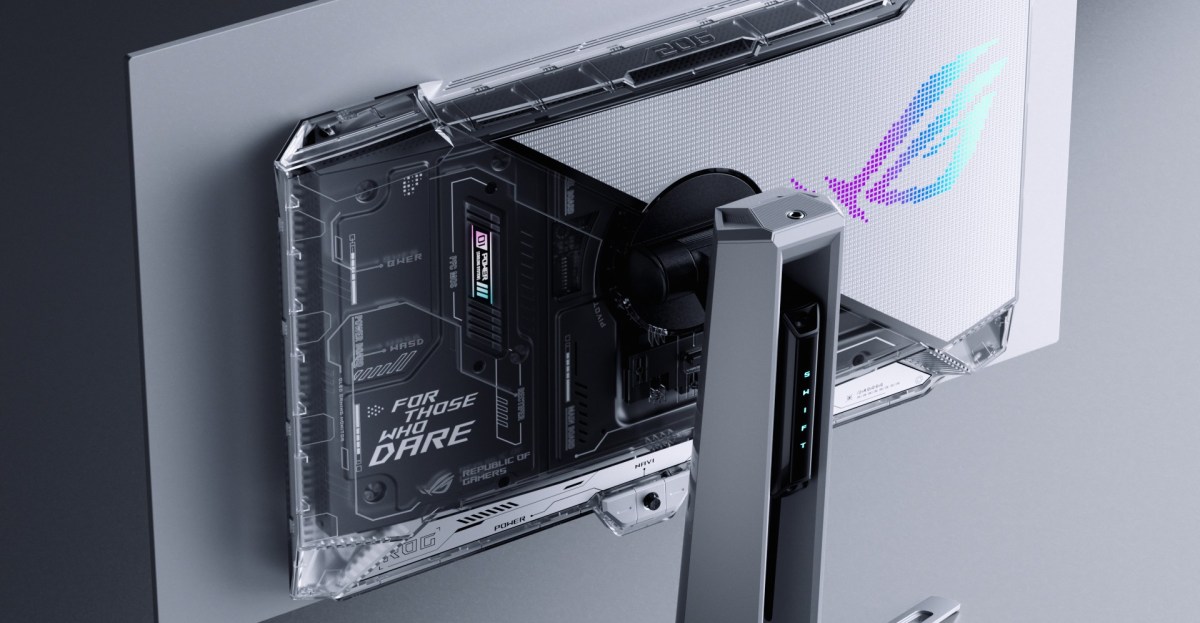We might have a new king of esports gaming monitors — one with fewer compromises than usual. Asus has just announced the ROG Swift OLED PG27AQWP-W at Gamescom 2025. Not only does it offer a 26.5-inch 2560 x 1440 QHD OLED screen at a blazing-fast 540Hz, it’s also a dual-mode panel that can switch to a practically unheard-of 720Hz refresh rate when you kick the graphics down to 1080p* resolution.
Asus may not technically have the fastest monitor ever made, as both Koorui and HKC have announced 750Hz 1080p monitors, but both of those have TN panels that won’t even begin to compete on color, brightness, and viewing angles. They’re from brands we don’t typically see in western countries, and neither lets you switch to higher resolution when you don’t need all the speed.
Meanwhile, the Asus isn’t just OLED — it’s a tandem OLED panel that should dramatically boost HDR brightness and allegedly improve lifespan. It’s also got a glossy coating that could make its colors even more vibrant and its blacks even blacker than OLED tech can already afford, assuming you’re not playing in a room with glare (though Asus claims the coating minimizes glare “even in bright rooms.”)
Unfortunately, we don’t have pricing or a release date yet, and I suspect it’ll cost a pretty penny because Asus chose that groundbreaking panel and did all that work to set it apart. Seeing more OLED monitor prices come down to earth would excite me even more than a new flagship like this.
Also, I would prefer a smaller stand to the huge three-blade propeller, but unfortunately, Asus does make you compromise to get that. The company’s also introducing a new ROG Strix OLED XG27AQWMG today with the same tandem OLED tech, but as you can see in the one-pager below, it’s a 280Hz panel that still relies on either HDMI 2.1 or DisplayPort 1.4’s DSC compression, rather than the flagship’s new DisplayPort 2.1a which boasts 80Gbps of bandwidth.
Both have Asus’ “Neo Proximity Sensor,” a relatively new feature it’s been adding to OLED panels, “to accurately measure the user’s distance to the monitor and automatically switch to a black screen when the user is away,” as an extra protection against burn-in. Asus also tends to offer a three-year warranty against OLED burn-in these days, and both LG Display and Samsung Display’s newer panels have many protections against it; as long as those protections aren’t over-aggressive, burn-in is no longer a reason I’d personally steer away.
Just know that other monitor makers will probably use the same 4th-gen WOLED tandem panel from LG Display, too. SDC has already announced one, and other brands might follow suit.
